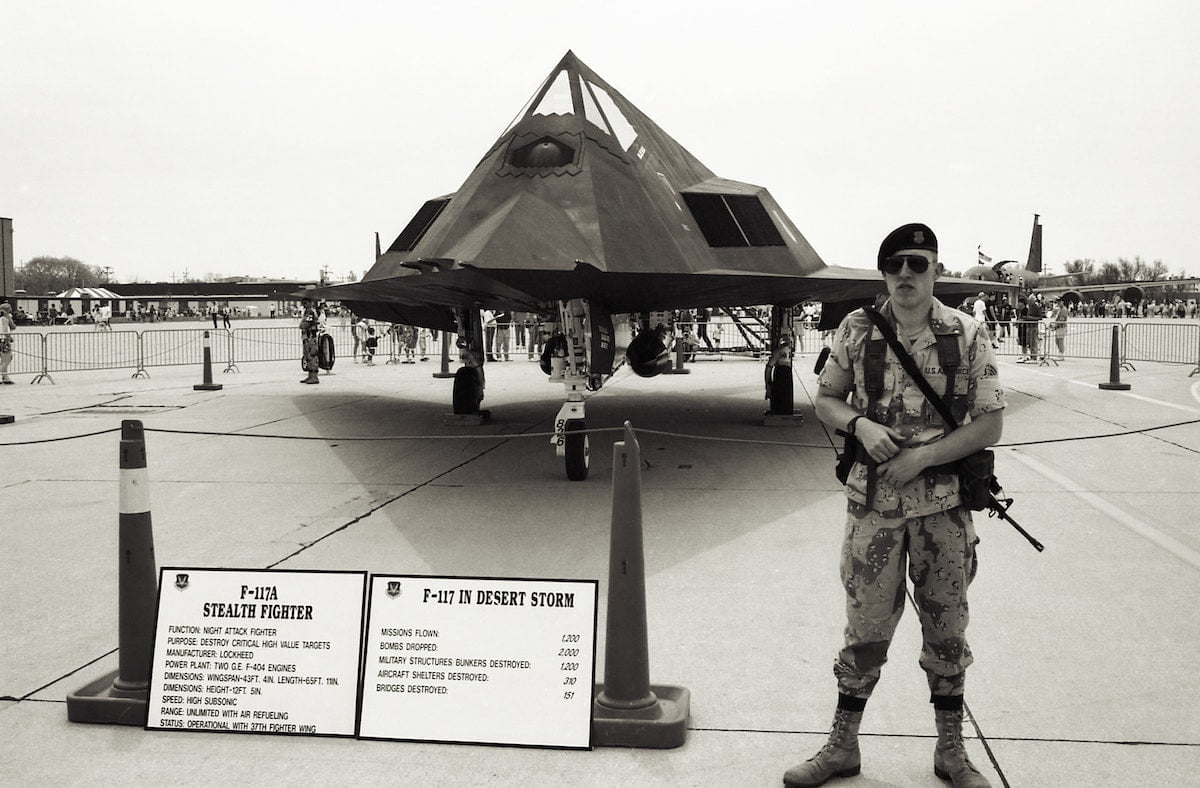Innovation is critical to the growth and success of any business. In the quest for innovation, companies often invest heavily in research and development to create new products and services. However, despite these efforts, many companies still struggle to create groundbreaking innovations that can give them a competitive edge. Enter Skunkworks, the innovative approach that is changing the game for product development.
Skunkworks is a term that originated in the aerospace industry in the 1940s. It was coined by Lockheed Martin’s advanced development projects division, which was tasked with developing a new fighter jet, the P-80 Shooting Star, in record time. The division was given autonomy to work outside the typical bureaucratic structure of the company, and its success led to the development of other top-secret projects.
The Skunkworks approach is a top-down approach to innovation that focuses on developing new products in secret and outside the typical company structure. The approach involves a small team of highly skilled individuals who work in an isolated location and are given the resources and autonomy to develop a product without interference from the larger organisation.
The benefits of this approach are numerous. Firstly, the secrecy and isolation of the Skunkworks team allow them to work without the fear of failure or scrutiny from the larger organisation. This freedom to experiment and take risks often leads to groundbreaking innovations. Secondly, the smaller team size allows for more efficient decision-making and faster product development. The Skunkworks team can focus on the task at hand and avoid the bureaucratic red tape that often plagues larger organisations.
The Skunkworks approach has been used in industries beyond aerospace, including automotive, software, and consumer goods. One of the most notable examples is Apple’s Skunkworks team, which was responsible for developing the first iPhone. The team was given autonomy and resources to develop a new product that would revolutionise the smartphone industry. Their efforts led to the creation of a product that changed the way we communicate, work, and interact with technology.
In conclusion, the Skunkworks approach is a revolutionary innovation method that has transformed product development. It provides a way for companies to break free from bureaucratic structures and develop new products in secrecy and with autonomy. The approach has been used to create some of the most innovative products in history and is an excellent tool for companies looking to stay ahead of the competition.
The history of the skunkworks
Skunkworks is a term that was originally coined in 1943 by the Lockheed Martin Corporation, specifically its advanced development projects division, which was tasked with developing a new fighter jet, the P-80 Shooting Star, in record time. The division was given autonomy to work outside the typical bureaucratic structure of the company, and its success led to the development of other top-secret projects.
The name “Skunkworks” was inspired by a term used by a cartoon character named “Skunk” in the Li’l Abner comic strip. Skunk was known for his moonshine distillery that was hidden away from the prying eyes of the law, and the Lockheed Martin engineers felt that the name was a good fit for their top-secret division.
Under the leadership of Clarence “Kelly” Johnson, the Skunkworks division developed a number of iconic aircraft, including the U-2 spy plane, the SR-71 Blackbird reconnaissance plane, and the F-117 Nighthawk stealth fighter. These aircraft were all groundbreaking in their own right, and the Skunkworks approach was instrumental in their development.
The Skunkworks team was known for its innovative approach to aircraft design, using cutting-edge technology and materials to create aircraft that were faster, more efficient, and more stealthy than anything that had come before. The Skunkworks team was also known for its ability to work quickly, taking just 17 months to develop the U-2 spy plane from concept to its first flight.
The success of the Skunkworks approach has led to its adoption by other companies and organisations. For example, NASA’s Jet Propulsion Laboratory has its own Skunkworks team that is responsible for developing innovative new space technologies. The Skunkworks approach has also been used in the development of consumer products, such as the first Apple iPhone, which was developed by a Skunkworks team.
Overall, the Skunkworks approach has a long and illustrious history, and its legacy can be seen in the many groundbreaking products and technologies that have been developed using this approach.
When is a skunkworks approach appropriate
A Skunkworks approach to innovation is appropriate in situations where an organisation wants to develop a new product or technology that is potentially disruptive or has the potential to transform the industry. The approach is also suitable when the organisation wants to expedite the development process, increase efficiency, and cut down bureaucratic red tape that often slows down innovation.
The Skunkworks approach is most appropriate in the following situations:
- Disruptive innovation: When the organisation wants to develop a product or technology that is potentially disruptive and has the potential to change the industry’s status quo, a Skunkworks approach is appropriate. The approach allows the team to work without fear of failure or scrutiny from the larger organisation, enabling them to experiment, take risks, and come up with innovative ideas that challenge the norm.
- Faster time-to-market: The Skunkworks approach is ideal for organisations that want to expedite the development process and bring the product to the market quickly. The smaller team size allows for more efficient decision-making and faster product development, reducing the time to market.
- Bureaucracy and red tape: The Skunkworks approach is suitable for organisations that want to cut down on bureaucratic red tape that often plagues larger organisations. The smaller team size allows for more efficient decision-making, and the autonomy allows the team to work without interference from the larger organisation.
- Confidential projects: The Skunkworks approach is also ideal for confidential projects where secrecy and isolation are essential. The approach allows the team to work in secret and outside the typical company structure, reducing the risk of information leaks or other security breaches.
In conclusion, the Skunkworks approach is appropriate when an organisation wants to develop a new product or technology that is potentially disruptive, expedite the development process, cut down bureaucracy and red tape, and maintain secrecy and isolation. The approach has proven successful in many industries and has led to the creation of some of the most innovative products in history.
Key features of the Skunkworks Model
The Skunkworks model is an innovative approach to product development that is characterised by the following key features:
- Small, autonomous teams: The Skunkworks approach involves small, highly skilled teams that are given autonomy to work on a project without interference from the larger organisation. This approach allows the team to focus on the task at hand and avoid bureaucratic red tape that often plagues larger organisations.
- Secrecy and isolation: The Skunkworks team is often located in a separate facility, away from the main organisation. This allows the team to work in secret and without the fear of failure or scrutiny from the larger organisation. The secrecy and isolation also reduce the risk of information leaks or other security breaches.
- Dedicated resources: The Skunkworks team is given dedicated resources to develop a new product or technology. This includes access to the latest technology, equipment, and materials necessary to complete the project.
- Top-down leadership: The Skunkworks approach is often initiated by top-level leadership within the organisation. The leadership team provides the necessary resources, sets the goals and objectives, and monitors the team’s progress.
- Experimental and risk-taking culture: The Skunkworks approach encourages a culture of experimentation and risk-taking. The small team size, autonomy, and secrecy allow the team to try out new ideas and take risks without fear of failure or scrutiny from the larger organisation.
- Rapid development and decision-making: The Skunkworks team is known for its ability to work quickly, with faster decision-making processes than larger organisations. The smaller team size allows for more efficient decision-making and faster product development, reducing the time to market.
In conclusion, the Skunkworks model is an innovative approach to product development that is characterised by small, autonomous teams, secrecy and isolation, dedicated resources, top-down leadership, experimental and risk-taking culture, and rapid development and decision-making. This approach has been successfully used to develop some of the most innovative products and technologies in history, from fighter jets to smartphones.
Risks of the Skunkworks Model
While the Skunkworks model is a highly effective approach to product development, it is not without risks. Here are some of the key risks associated with this model:
- Risk of isolation from the larger organisation: One of the key features of the Skunkworks model is that the team is often isolated from the larger organisation. While this allows for greater autonomy and flexibility, it can also lead to a lack of communication and collaboration with the larger organisation. This can result in the Skunkworks team developing a product that is not aligned with the overall goals of the organisation.
- Risk of failure: The Skunkworks model encourages risk-taking and experimentation, which can lead to failure. While failure is a natural part of the innovation process, it can be costly and damaging to the organisation if the Skunkworks team is not able to deliver a successful product.
- Risk of creating a separate culture: The Skunkworks team often operates under a separate culture from the larger organisation. While this can be an advantage in terms of flexibility and autonomy, it can also create a sense of detachment from the larger organisation. This can lead to a lack of accountability and responsibility, which can negatively impact the overall success of the product.
- Risk of losing key personnel: The Skunkworks model relies heavily on the expertise and experience of the team members. If one or more key team members leave the organisation, it can significantly impact the success of the Skunkworks project. This risk can be mitigated by ensuring that the Skunkworks team members are compensated appropriately and given incentives to stay with the organisation.
- Risk of security breaches: The Skunkworks model relies heavily on secrecy and isolation. However, this can also create a risk of security breaches if the Skunkworks team is not properly vetted and monitored. This risk can be mitigated by ensuring that the Skunkworks team members undergo thorough background checks and are trained in security best practices.
In conclusion, while the Skunkworks model is a highly effective approach to product development, it is not without risks. These risks can be mitigated by ensuring that the Skunkworks team members are properly vetted and trained, that there is open communication and collaboration with the larger organisation, and that appropriate incentives and compensation are in place to retain key team members.


